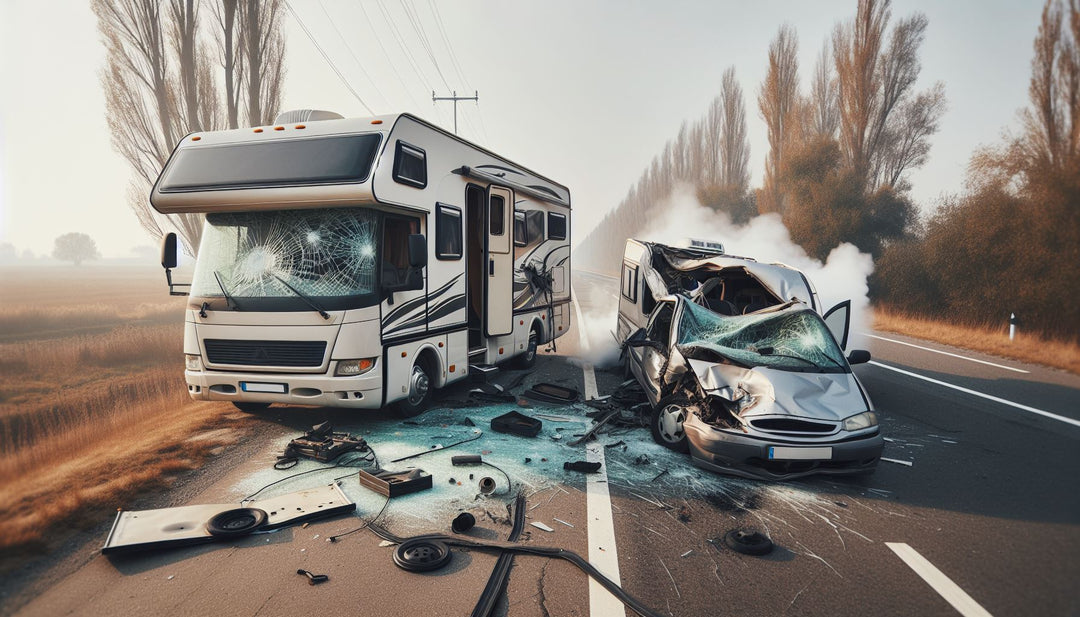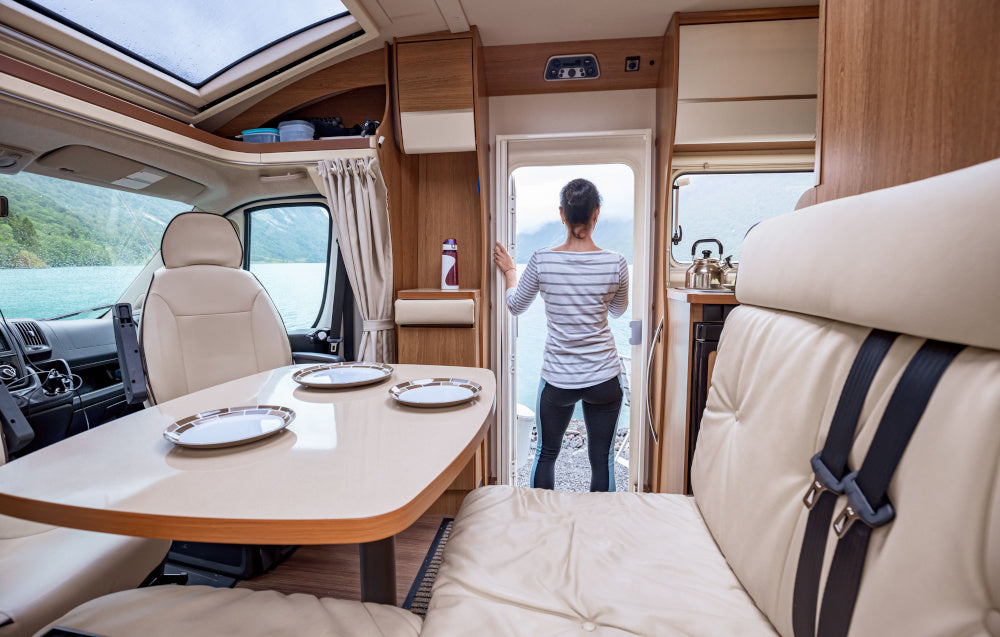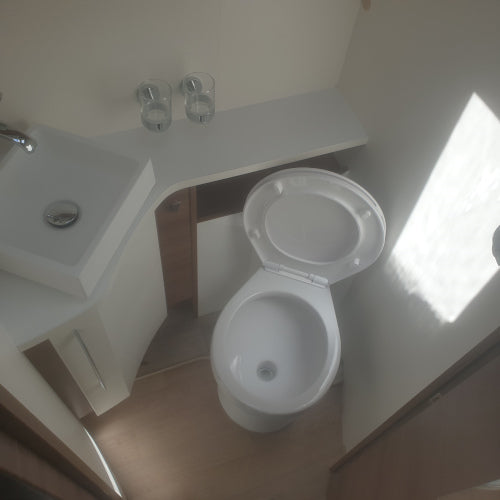Hot water tips for Motorhomes and Caravans

Introduction
In this article we will discuss the pro's and cons of the different hot water systems for motorhomes and caravans.
Lets split them into two main categories: On-demand and stored hot water systems
Lets look at On Demand water heaters first
On demand heaters are in my opinion not very suitable for motorhomes and caravans that have a small or limited amounts of water tank capacity, and the reason is that the heating system is fired up only when the water starts to flow through the heater, It takes a minute or two for the heating system to ignite and and get hot. Whilst this is happening the tap is open all the time and water is flowing at about 8 liters per minute through the heater, so if you only have a little bit of tank water, say 80 liters then do the math, a lot of water will be wasted to get hot water out your tap.
On demand systems are great if you have a large volumes of water in your tanks.
Califonts
If you do decide to go ahead with an on-demand water heater, it will most likely be using LPG as a fuel source, and since 2013 we needed to have gas certification for vehicle with gas appliances. Califont is one example of such a heater, and it is very difficult to get gas certification for a Califont because it draws combustion air from within the living environment of the vehicle, heaters should draw combustion air from outside, additionally for certification you will need an exhaust flue through the roof, and the problem is finding a flue that meets the gas certifier's requirements plus sealing the flue which gets fairly hot on the roof of the caravan or motorhome
Built in On-Demand systems

Built in On-demand systems, such as the Nautilus or the Camec on demand heater are much better than the Califont for a motorhome or caravan application, because these heaters draw the combustion air from the outside of the vehicle, and gas certification becomes much easier. Make sure that the BTU value of the unit is as high as possible because the water heater must increase the temperature from the ambient temperature to warm enough for a shower or washing up. If the BTU output is to low the heater might only increase the temperature by 15-20 degrees, which is fine in Australia where the ambient temperature might be 25-30 degrees, 20+25= 45 to 50 degrees which is good, but in colder countries such as NZ and especially down the South Island, if the ambient is 15 degrees, 15+20=25 your shower water temperature might only be 25 degrees, that would be unpleasant.
Stored or instant hot water systems
These types of heaters are most common in the modern motorhome or caravan. They are safe because they acquire combustion air from the outside of the vehicle and are therefore easier to certify. Instant hot water systems can be split into combination and standard instant hot water systems, the combination heaters do two thing, hot water and air heating in one system and are therefore considered most efficient, we will discuss the standard instant hot water system first
Standard instant hot water heaters
The water body, usually 10-20 liters is set, heated and stored, which gives instant heated water when desired, there is no lag while you wait for the pump to push water through a cold heater using a valuable water supply as described earlier with the on demand heaters.

The hot water tank is fitted with a large burner that instantly reheats the incoming cold water when in action, if the demand for hot water is high then the temperature will decrease as more cold water comes in and burner needs time to catch up, so this is not ideal for high volume users, but as we discussed earlier, the RV user with limited tank capacity needs to be frugal anyway or else they will be refilling their tanks on a daily basis.
These heaters mostly use LPG and AC mains power as a fuel source, there is a wide selection of these boilers available. Some brands such as Atwood have been phased out, The suburban has been a very popular boiler until recently when they were taken off the shelf in NZ and Australia due to a recall. They have recently become available again. I should add here that some of the boiler tanks are not made of stainless steel, the tanks are enameled mild steel and have a sacrificial anode that needs changing every couple of years
Combination hot water systems
The combination hot water system is probably the most efficient, safe and most complex, therefore the price tag. They have many features and will display many fault codes. It is easy to identify faults just by Google searching the code meanings.

The heater/boiler has sensors all over measuring CO, heat, air movement, fuel flow and pressure, water flow etc. If the built in computer senses something is wrong it throws a fault code, and flashes, usually it will be something the user can fix by looking up the code. Gas bottle might be empty, or no AC power, when it is set on AC, not gas, they are mostly user errors.
When there is a something more serious at fault then the heater will shut down. It is possible to reset the system and get rid of the fault code but if the sensor picks up the same dangerous error it will shut down for safety purposes.
If the user keeps resetting the heater/boiler then the system will shut down completely and an approved practitioner needs look at it, we can connect our computer to the system and identify exactly what the fault is, fix it and reset the mother board and the system should be safe again.
The Combination heater/boiler uses AC electrical power, or LPG and it is also available as a diesel unit.


